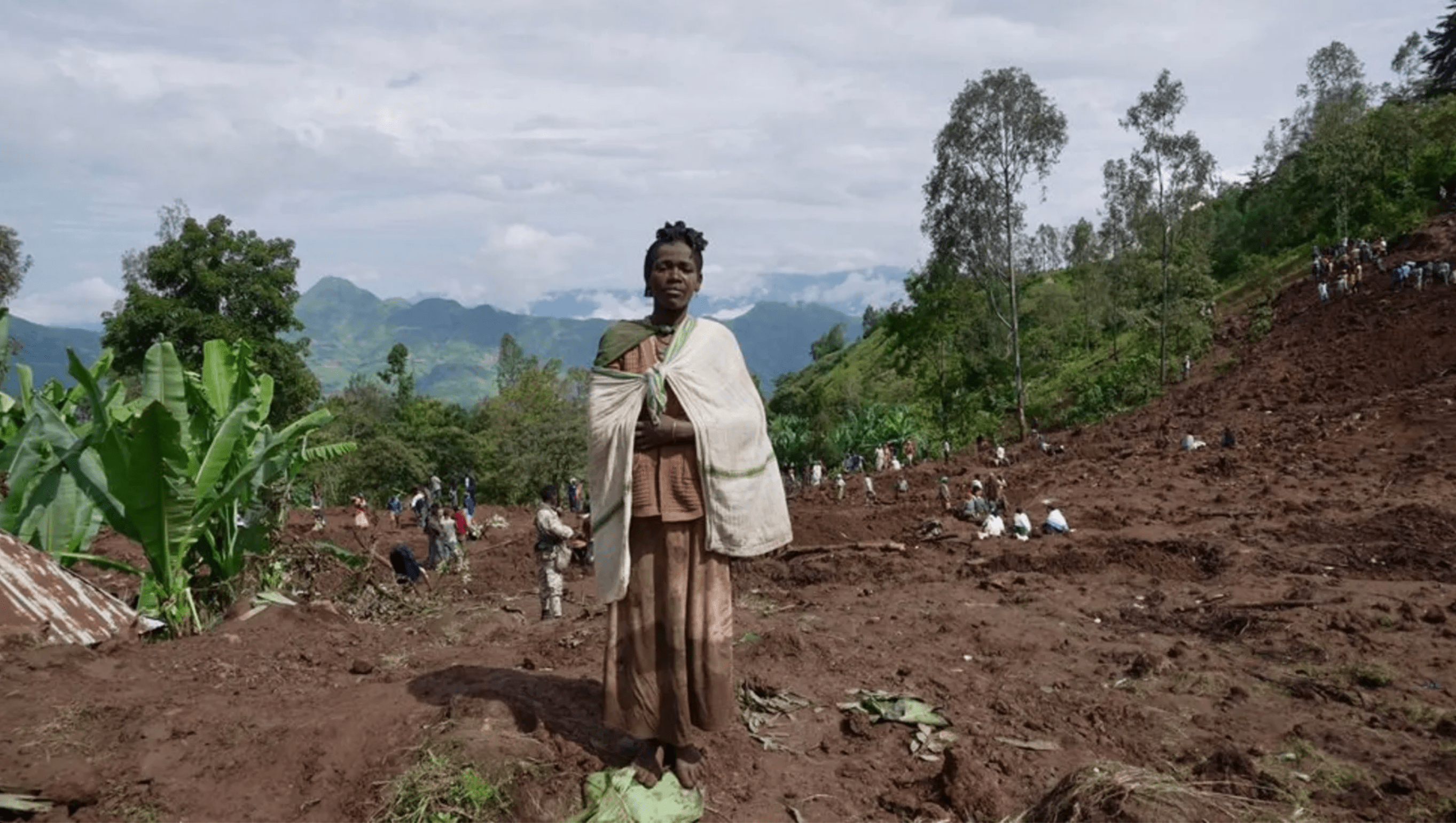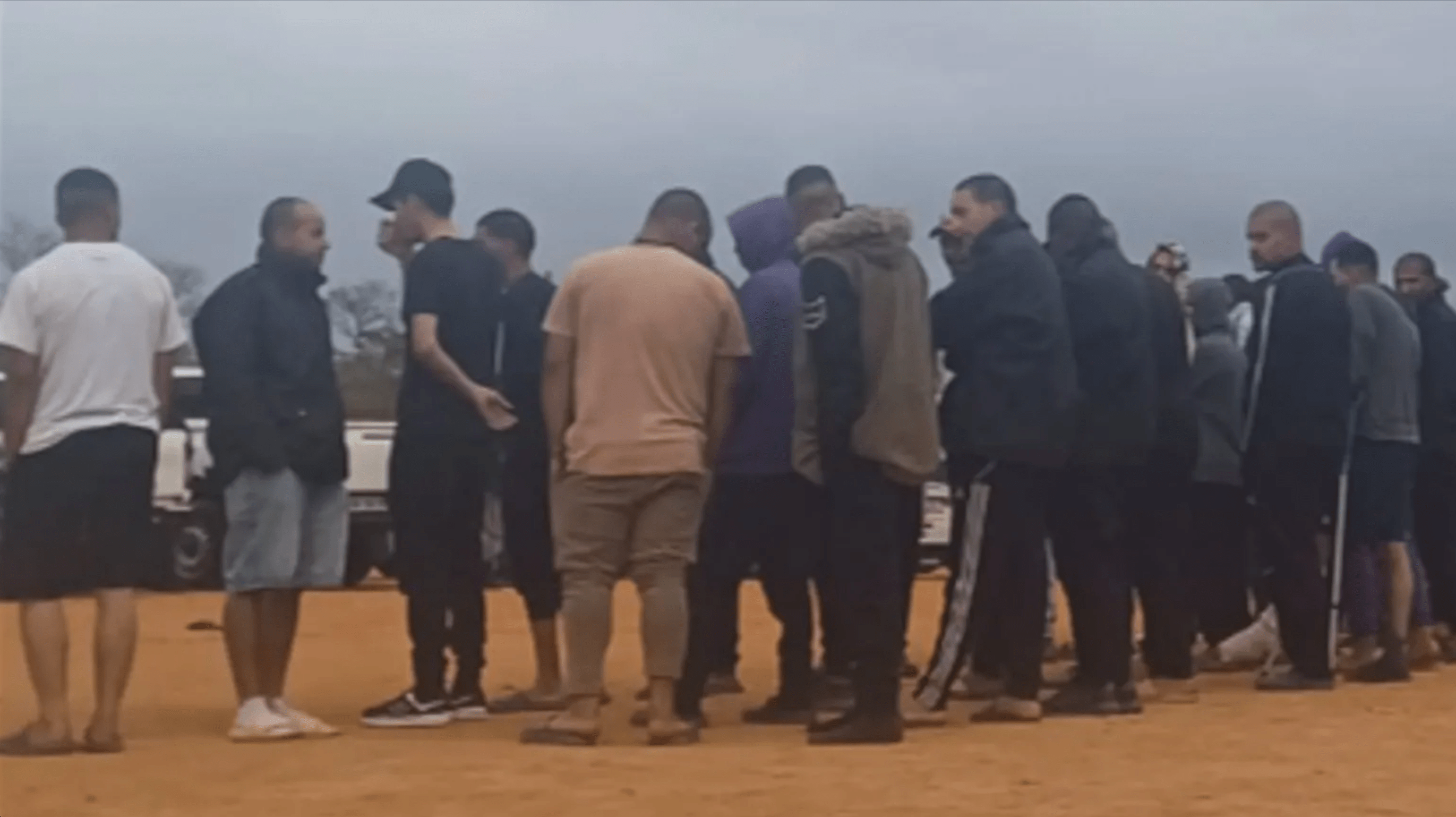THE Born-Frees, the generation of young Namibians who have grown up since Independence, have been raised on accounts of the glorious liberation struggle.
But what about the everyday courage and laughter that sustained those who won it? Histories of Namibia, a collection of the life histories of 11 young Namibians who came to maturity during the seventies and eighties, has just been published by Merlin Press in London, and will be launched in Windhoek next week. Northerners and southerners, men and women, those who joined the struggle in exile and those who stayed and resisted at home, their words recall the struggle more vividly than any ordinary history.Their stories were recorded in the first flush of Independence, when memories of apartheid, of Koevoet, of police harassment and beatings, of the struggle to get an education, of the hardships and dangers faced by Plan soldiers fighting the war in the bush, were all still fresh – as were the hot, intense feelings associated with it all.Most of those whose stories are told in the book were young and unknown in the years of the struggle, though many have become prominent since.Naturally, one of the things their stories highlight is Namibia’s amazing diversity — in terms of language, region, economic life, social structure, culture, etc..But at the same time, they show the extraordinary unity achieved in the struggle.Perhaps more than in any other African country the struggle defined people as Namibians.Around the world people came to see the exiled Namibians they encountered as exceptional, mastering foreign languages, earning higher degrees, speaking at endless conferences, negotiating military assistance for the armed struggle and humanitarian assistance for the exiles’ camps in Zambia and Angola.And they were exceptional – but as the stories show, what was exceptional was the situation – the extraordinary qualities that the conditions of the struggle produced in people who saw themselves as ordinary.A Plan soldier who fought for years, always on foot, carrying heavy equipment, for literally thousands of miles, in constant danger of attack, was as exceptional as the Swapo representative who played the delicate cold-war diplomatic games needed to secure crucial international recognition and support.Or the young girl who ran away to school from her grandparents’ remote station on a settler karakul farm, to secure an education that would take her via the Crossroads battles in Cape Town to a career as a Swapo organiser and social worker in the South.Or the young man, a future poet, who survived in the racist labour markets of Swakopmund and Windhoek to end up as a leading Swapo spokesman in Europe.Not all the memories were good.The generation-long armed struggle took its toll in human terms.Disappointments and conflicts were part of the struggle too, and still keenly felt in the years when these stories were recorded.Yet there was, amazingly, almost always humour too – a sense of the comic that kept breaking through even the worst of times.* Histories Of Namibia, Living through the liberation struggle, Life Histories, as told to Colin Leys and Susan Brown, will be launched in Windhoek next Friday.Northerners and southerners, men and women, those who joined the struggle in exile and those who stayed and resisted at home, their words recall the struggle more vividly than any ordinary history.Their stories were recorded in the first flush of Independence, when memories of apartheid, of Koevoet, of police harassment and beatings, of the struggle to get an education, of the hardships and dangers faced by Plan soldiers fighting the war in the bush, were all still fresh – as were the hot, intense feelings associated with it all.Most of those whose stories are told in the book were young and unknown in the years of the struggle, though many have become prominent since.Naturally, one of the things their stories highlight is Namibia’s amazing diversity — in terms of language, region, economic life, social structure, culture, etc..But at the same time, they show the extraordinary unity achieved in the struggle.Perhaps more than in any other African country the struggle defined people as Namibians.Around the world people came to see the exiled Namibians they encountered as exceptional, mastering foreign languages, earning higher degrees, speaking at endless conferences, negotiating military assistance for the armed struggle and humanitarian assistance for the exiles’ camps in Zambia and Angola.And they were exceptional – but as the stories show, what was exceptional was the situation – the extraordinary qualities that the conditions of the struggle produced in people who saw themselves as ordinary.A Plan soldier who fought for years, always on foot, carrying heavy equipment, for literally thousands of miles, in constant danger of attack, was as exceptional as the Swapo representative who played the delicate cold-war diplomatic games needed to secure crucial international recognition and support.Or the young girl who ran away to school from her grandparents’ remote station on a settler karakul farm, to secure an education that would take her via the Crossroads battles in Cape Town to a career as a Swapo organiser and social worker in the South.Or the young man, a future poet, who survived in the racist labour markets of Swakopmund and Windhoek to end up as a leading Swapo spokesman in Europe.Not all the memories were good.The generation-long armed struggle took its toll in human terms.Disappointments and conflicts were part of the struggle too, and still keenly felt in the years when these stories were recorded.Yet there was, amazingly, almost always humour too – a sense of the comic that kept breaking through even the worst of times.* Histories Of Namibia, Living through the liberation struggle, Life Histories, as told to Colin Leys and Susan Brown, will be launched in Windhoek next Friday.
Stay informed with The Namibian – your source for credible journalism. Get in-depth reporting and opinions for
only N$85 a month. Invest in journalism, invest in democracy –
Subscribe Now!






